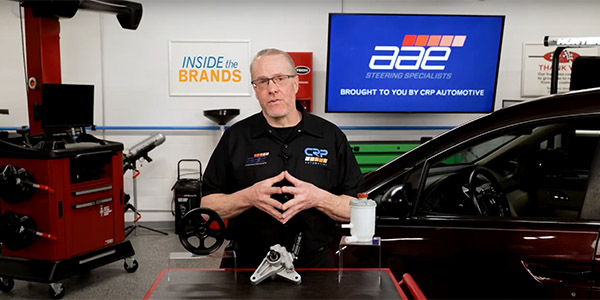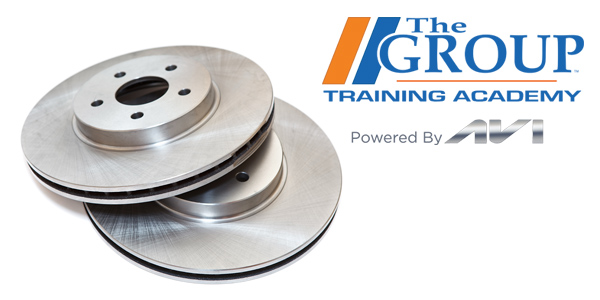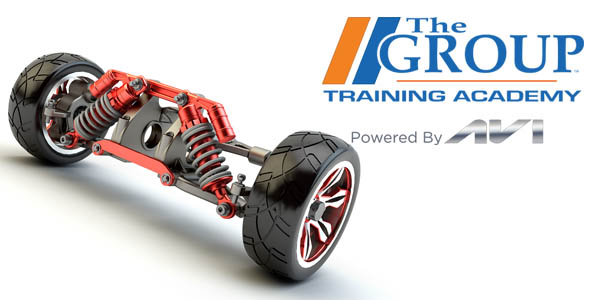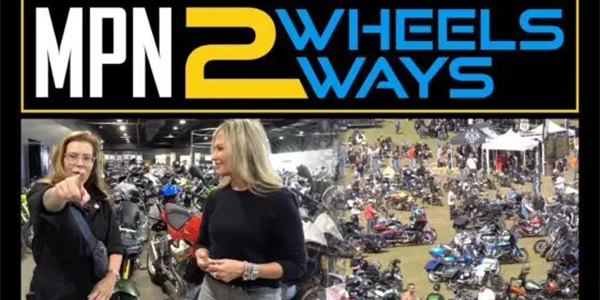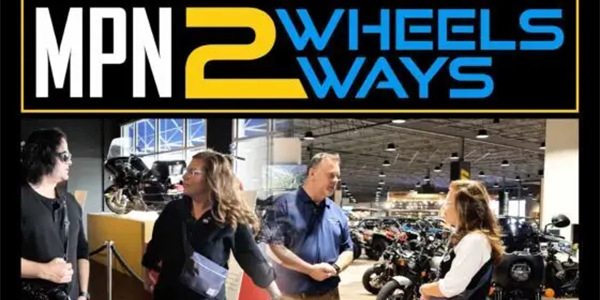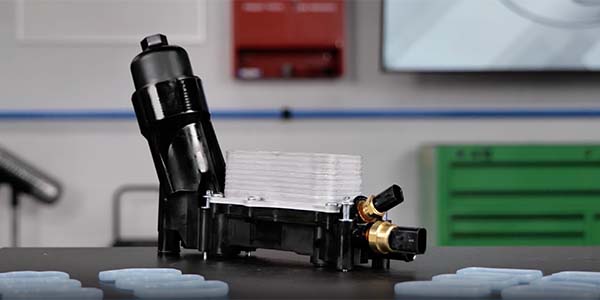The subject of cartridge oil filters is anything but new, but we still must be careful to prevent mistakes during service.
Some cartridge filters are identical both top and bottom, and as long as you’re cleaning everything, properly installing and lubricating new O-rings, and using the proper tools, it’s rare to see anything go wrong.
But there are two other variants that require a specific installation, and we’ve seen some problems arise with both. Some filters are designed with a top and bottom but at a glance there doesn’t appear to be a difference.
If you look closely, the most common marking will be the word “up” or “top,” indicating the position of the filter. Be careful, because if you install them upside down, it can affect the flow and drain back characteristics of the oil system.
Other filters have fingers on the ends that are intended to index or snap into place in the cap. This usually indicates a very obvious top and bottom, but if you’re not careful, they can be misaligned.
With both types of filters, in some cases there will be apparent interference and you’ll notice right away that it’s not going together correctly.
But in some cases, it’s not apparent and here’s what happens: all too often, there’s a large hex on the end of the housing cap. Because it’s a large size, we use a large socket. And what drive size are most of our large sockets? Half-inch.
So, you grab a half inch ratchet. If the filter isn’t seated right in the housing or cap, it will crush as you tighten it down, and with a half-inch ratchet, you won’t even notice it’s happening.
You’ve probably seen filters that were crushed when you removed them, and some of them may have torn pleats as a result. This means they were not installed properly, so pay particular attention to them, make sure you get the new element correctly installed, and always torque the filter housing cap to the correct specification. Thanks for watching. We’ll see you next time.
This video is sponsored by FRAM.

